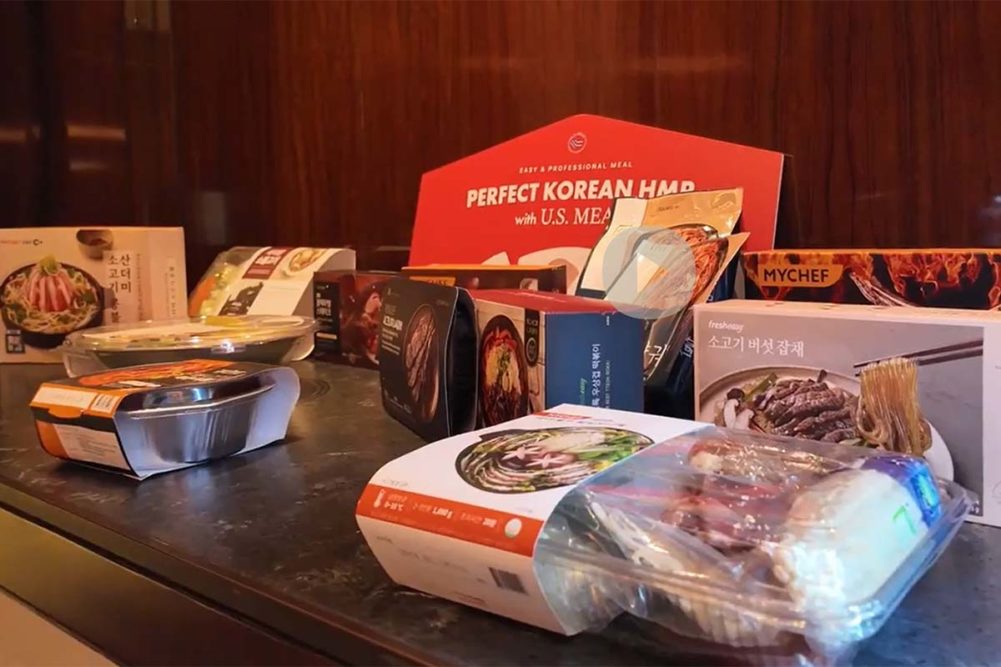DENVER — The US Meat Export Federation (USMEF) marketing staff from around the globe recently met in Korea, where they explored the growth opportunities of home meal replacement (HMR) kits.
“One of the main drivers for red meat consumption globally has been the convenience factor,” said Dan Halstrom, president and chief executive officer of USMEF. “And when I say convenience, I’m talking about home meal replacement — I’m talking about restaurant meal replacement — prepared meat kits, this sort of thing. There’s a real demand and there’s no bigger demand than what we’ve seen in Korea.”
The Korean market is a worldwide leader in the development of HMR products.
Through support from the US Department of Agriculture, the Beef Checkoff Program and the National Pork Board, the USMEF works with product developers to incorporate US beef and US pork into HMR items.
USMEF saw the global staff conference as a great opportunity to roll out HMR concepts to other countries around the world. With lower beef production, HMR could be a solution to get creative with the supply that is available.
“We’re in a situation, especially on the beef side, where there’s reduced production. Everybody on the beef side globally is asking, ‘What else do we have to offer? Production’s down, and I can’t get enough of this product. What else can I offer?’” Halstrom said. “So this is an opportunity to add value to the supply chain, even though we have less production, and I think that’s one of the exciting things.”
The growth of HMR in Korea has been driven by consumer demand for convenience, according to Jihae Yang, vice president of Asia Pacific, USMEF.
Yang said HMR products are developed to meet Korean consumers’ growing desire for fresh and diversified recipes.
By sharing its success with the Korean market, USMEF looks to equip its international staff to bring ideas back home and develop their own recipes or products that can address consumers in their local markets.


